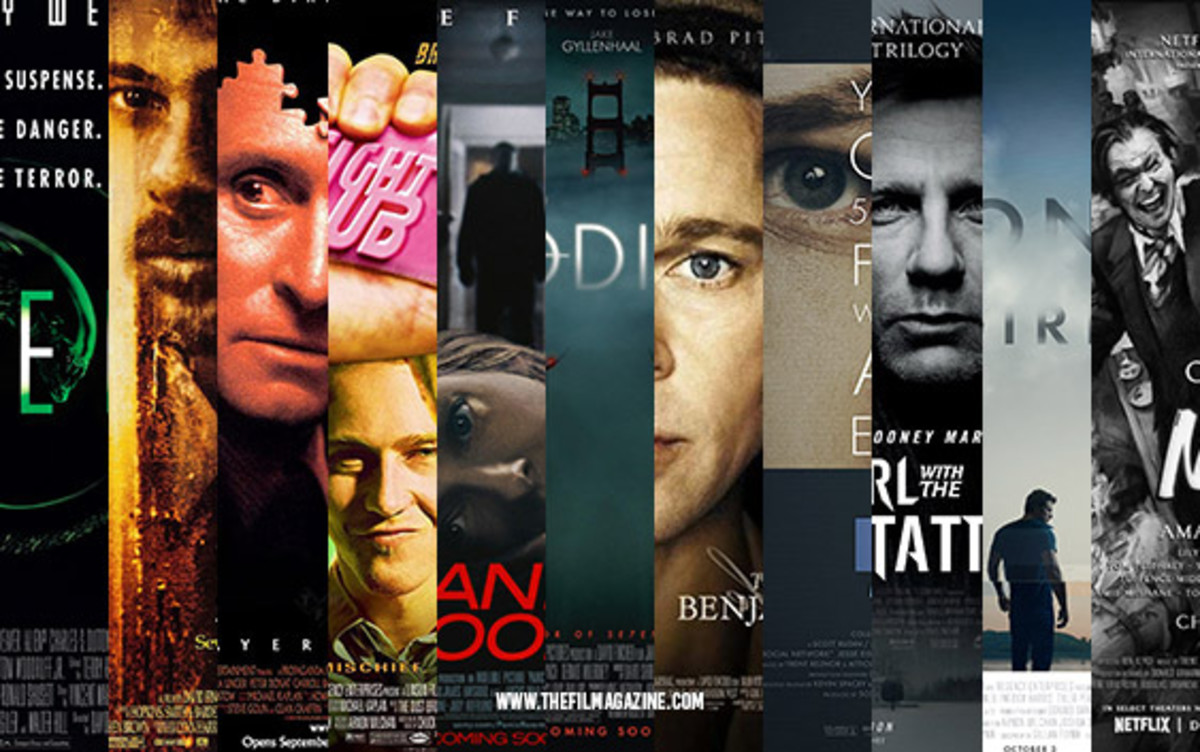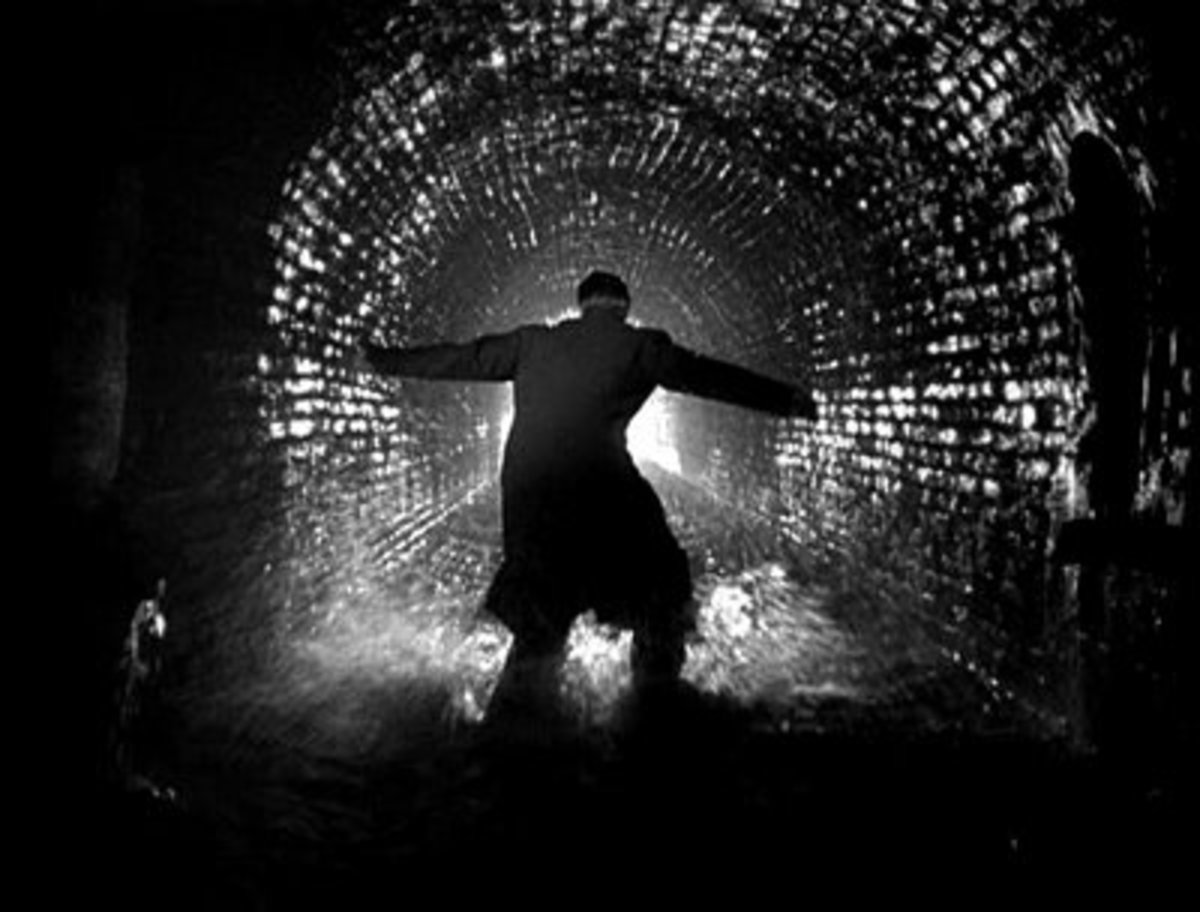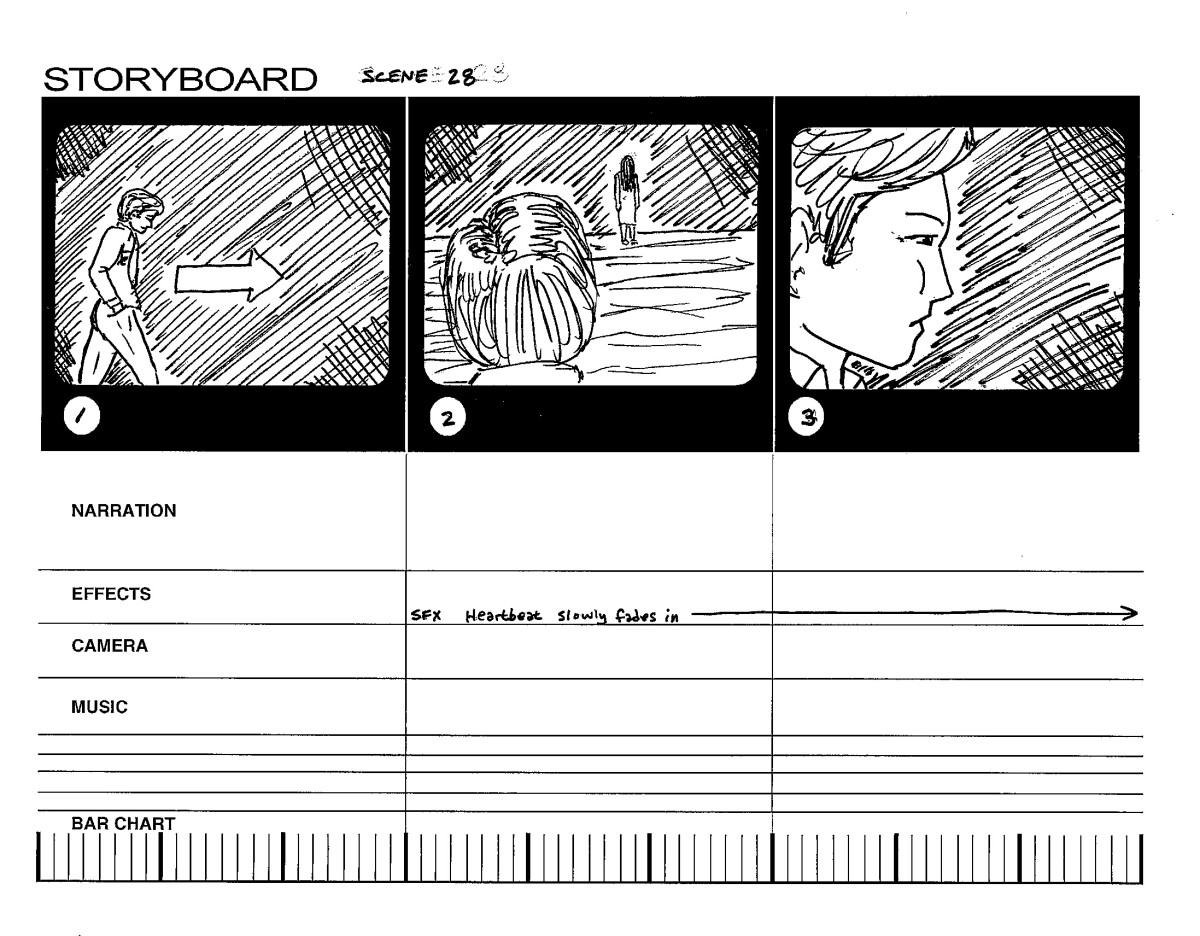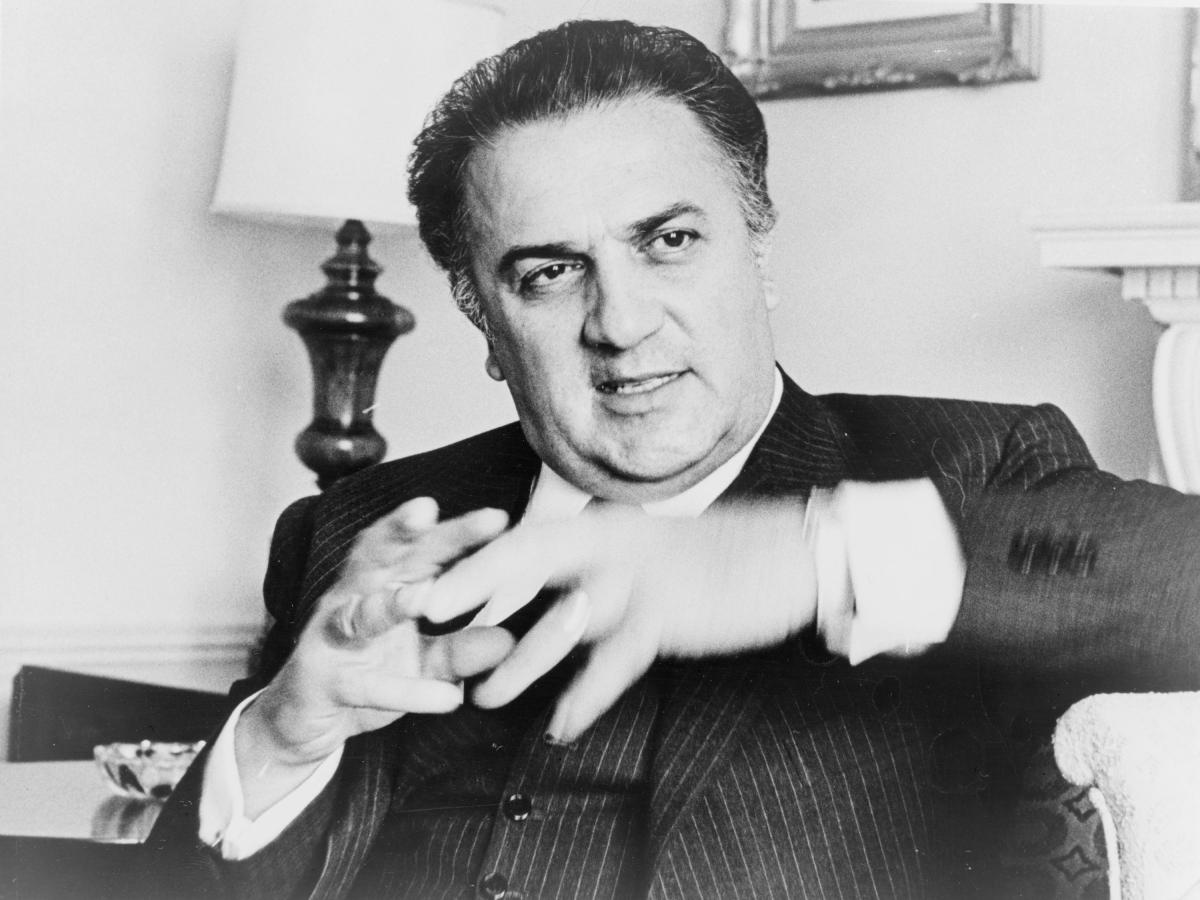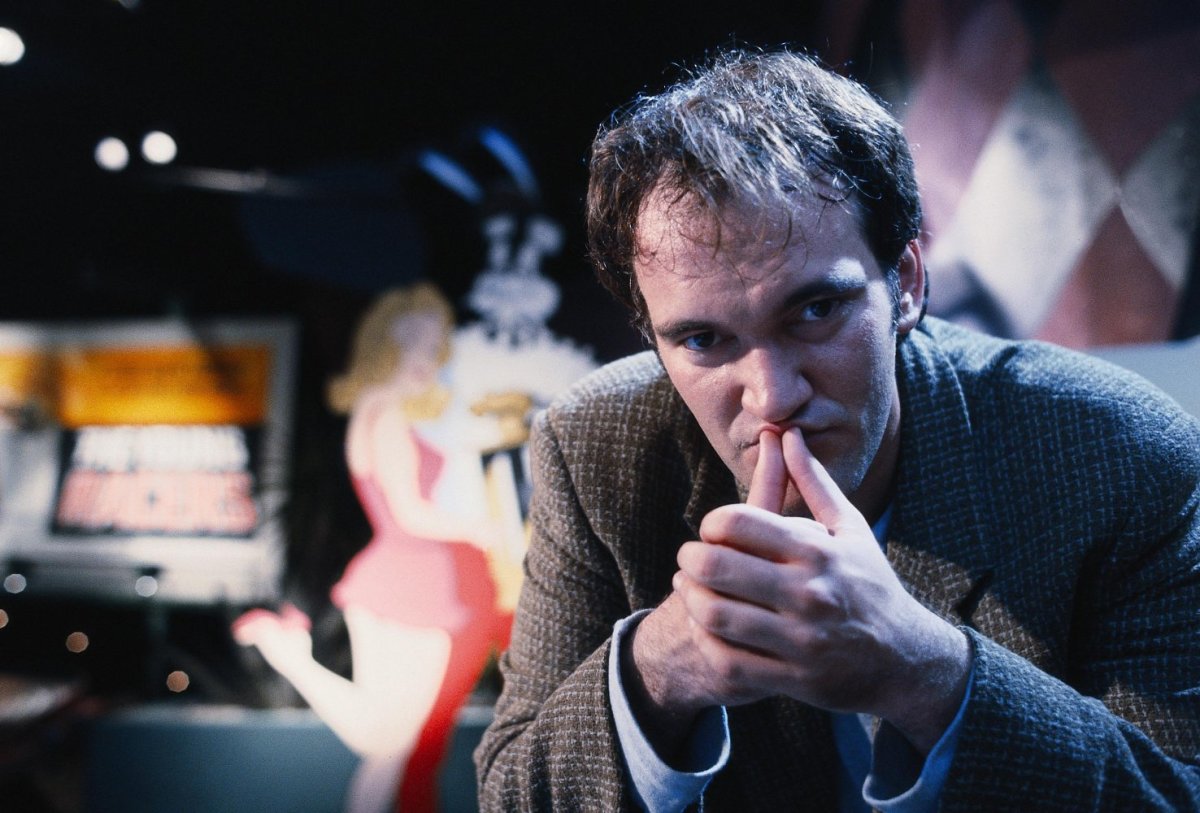Revisiting David Fincher, the Reknown Film Director

Right from his childhood, David Fincher had always loved to take pictures, make sculptors and tape record. Generally, Fishers background exposure to tape recording and picture taking had a huge influence to his career as a film director. After watching the Sundance Kid and Butch Cassidy, he was inspired to venture into films. This explains why the majority of the films he directs have similar style as those used in the Butch Cassidy and Sundance Kid. The influence to venture into film was so great to an extent that he skipped film school to work as a camera loader at a small company known as Korty Films. At Korty films, he was promoted to become a visual-effects producer and his first work was production of the animated work “Twice upon a time (1983)”
In most of Fincher’s films, there is probably much intimacy with the characters, but the director is careful enough not to get trapped with them. The closeness with the characters helps a great deal in narrating the story. This is because the audience feels to be right there with the characters and is able to relate the happenings in the film in real life contexts. In Fincher’s films, there are not many moments where the audience knows more than the characters. This portrays the emphasis put on the characters by this director. Most of his characters appear disturbed and violent. Women and men in David Fincher’s films often try to taste the simple side of life, and it mostly fails to work out. Even in films where relationships do not play a significant role, the back stories presented involves painful endings.
While evaluating Flincher’s work, it is apparent that he is a perfectionist in relation to his work. This is because he makes the actors to reshoot their scenes many times until he is satisfied. He is said to have required Rooney Mara and Jesse Eisenberg to rework their scenes 98 times for a mere six –minute sequence in the Social Network (2010). As it would appear, this relentless approach could upset some performers. For instance, Robert Downey protested this approach by leaving jars of his urine on the set of the movie Zodiac in 2007. Nonetheless, this approach has worked well in perfecting his work where most of his films enjoy a wider audience. It is estimated that Fincher’s films have realized global acclaim, and a gross of more than US$1.5 billion. Consequently, this has established Fincher as a cinematic auteur with an approach of storytelling and striking visual art.
The most obvious themes in Fincher’s work is unknowable and obsession. In the Zodiac for instance, the actual killing had a significant impact on Fincher who grew up in 1970 in SF area when the killings were happening. The director also brings up the idea that the current society has come to depend on machines and junior staff for work. Furthered, masculinity is brand that comes to be highly embraced in selling services or products. In today’s world, men no longer embrace essential moral nor are they interesting in developing their identities. Rather, they want to emulate and live according to the other’s lifestyle, with disregard of whether such people exist in the real world. The director has been effective in the presentation of ideas such as loss of moral values, lack of satisfaction, and loss of self- identity.
Flincher’s work including the emotional content has drawn fanatical fans of all calibers. Most of these fans understand the professional history inside out and backwards. However, a number of his films received strong negative reactions from critics and the audience. A good example is the Fight Club, which was viewed by others as a film that promotes dangerous instructive information, excessive violence, and encouraging anti-social behavior. It is not surprising then the initial release of this film reeled a disappointing $37 million in domestic B.O. T. Another film “Zodiac” was met with raving reviews and this forced the director to moderate in theaters. The possible explanation for the cluttered views was that the audience expected the contents to be similar with those of "Se7en". However, they were disappointed when they found that the director had used a different style instead.

